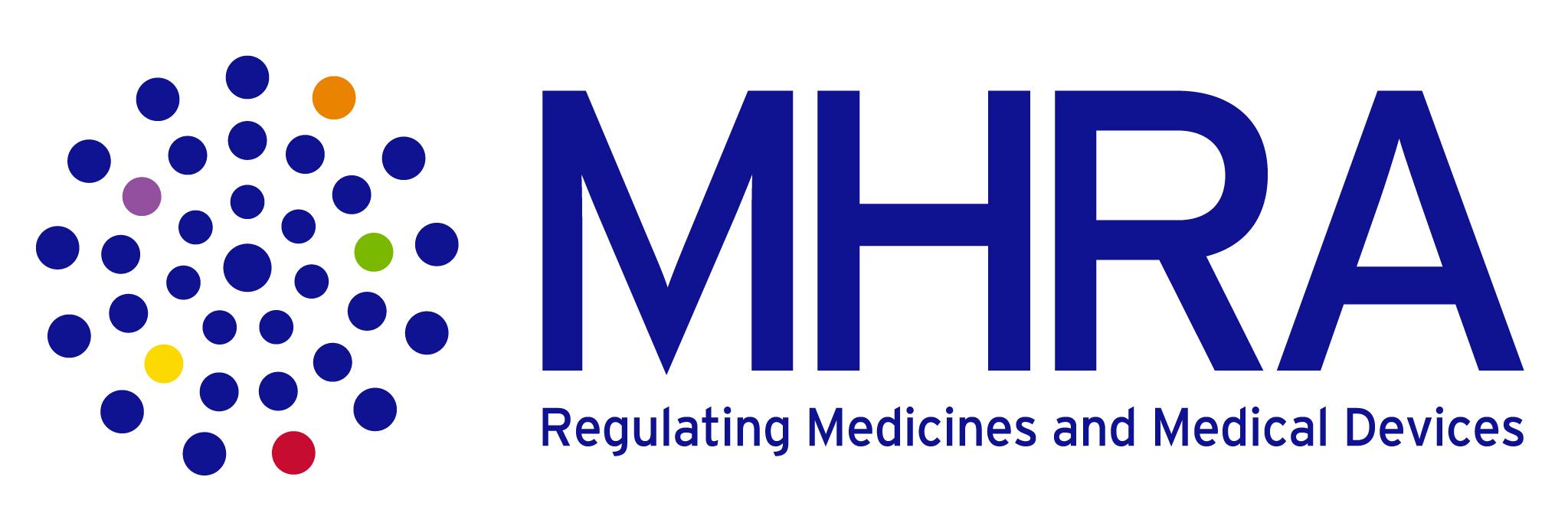The legislation has been overseen by the Department of Health and Social Services Medicines Division, devolved into the Medicines Control Agency in 1989 and subsequently MHRA in 2003
Ensuring high standards in advertising
Over the years there have been many developments in the ways advertising is delivered to the public from black-and-white announcements in magazines to product Facebook pages and Twitter accounts. While the principles-based legislative framework has changed little over time, the more practical guidance in the PAGB Advertising Codes is flexible and has evolved to meet each new challenge.
Much of the routine work that ensures advertising is appropriate and legal is handled by PAGB, leaving MHRA to focus on reviewing launch advertising for innovative products to set standards, responding to complaints and ensuring the framework remains appropriate. Complaints about advertising these medicines in the UK remain at a low level, given the number of products on the market. Furthermore, there is an established mechanism for collaborative work to promote safe use of products.
One example of this collaborative approach to protect public health is the MHRA best practice guide on the sale of paracetamol and other GSL pain relief medicines which recommends a maximum of two packs are sold in a single transaction and discourages multibuy promotions. The most recent collaboration saw PAGB develop guidance for advertising lidocaine products for teething, following MHRA action to restrict them to pharmacy supply on safety grounds.
A 2004 update to the legislation brought in a registration scheme for traditional herbal products. MHRA developed advertising guidance, which was built on by PAGB to develop a new advertising Code. This applied the same standards to advertising for these products and ensured consumers were not misled as to the evidence supporting their use.
More recently, the new Medical Devices Regulations bring an opportunity for further collaboration between MHRA, as the formal regulator, and PAGB to ensure consistent standards in advertising for medical devices for self-care. Recognising that many members already have ranges of products that include both medicines and medical devices, PAGB has developed a new advertising Code to encompass this new area for them.
Expanding access to medicines for self-care
Self-care continues to evolve, influenced by government policies to empower people to look after their health by enhancing the role of the pharmacist and making more medicines available without prescription when it is safe to do so.
Early self-care medicines were for symptomatic relief of minor self-limiting illnesses such as headache, coughs and colds, constipation and heartburn. Over the years more medicines have been reclassified to P and GSL within these therapeutic areas giving people more choice. These have included non-sedating antihistamines and steroids for hay fever, topical antivirals for cold sores and triptans for migraine. Medicines have also been reclassified to treat new therapeutic areas with advice from a pharmacy, most notably emergency hormonal contraception in 2001, chlamydia treatment (following testing) in 2008, malaria prophylaxis in 2017 and erectile dysfunction in 2018.
The reclassification process has regularly been refreshed via discussion between MHRA and PAGB, including changes to remove the need to amend legislation in Parliament each time a product was reclassified and using a stakeholder model for consultation on innovative applications. PAGB has also provided input to MHRA guidance to ensure it is of value to industry.
Developments in pharmacovigilance including patient reporting of adverse reactions and enhanced monitoring through signal management and benefit risk reviews have supported wider availability of medicines. Usually the introduction of new safety measures has managed any emerging risks identified for established products such as pseudoephedrine and lidocaine. But where safety concerns cannot be managed in the pharmacy, reclassification to POM remains an option for example for oral diclofenac and domperidone.
The role of product information
The outer packaging of self-care medicines is key in helping patients identify the correct product for their needs. Labelling must clearly convey what a medicine contains, the symptoms it can be used to treat and, if necessary, any patient groups that should not use it.
MHRA supported PAGB to produce the PAGB Packaging Code for Medicines, to help industry optimise packaging to aid consumers in choosing products. MHRA also worked with PAGB to deregulate and simplify requirements for submitting product information changes as part of the Better Regulation of Medicines Initiative. In 2007, this work won the European Union (EU) Red Tape Reduction Award, winning over 22 other initiatives from EU member states and was a finalist in the better regulation category at the National Business Awards in the same year (2007).
Widening access to medicines involves development of the accompanying leaflet, to help users understand key safety messages that may have been previously discussed with their doctor. Both content and design are important to aid location and understanding of the information presented. Since 2008, user testing results have formed an important part of MHRA assessment.
The future
With the emphasis in the NHS Long Term Plan on making the best use of healthcare resources, widening access to medicines continues to have an important role in supporting people to look after themselves where it is safe to do so.
As MHRA has considered ways to streamline regulatory processes, ensure effective guidance is available for industry and implement new safety measures, it has very much appreciated PAGB input.
MHRA will continue to support a collaborative and effective self-regulating industry, with MHRA remaining the formal regulator to act if necessary. Our relationship with PAGB is as important as ever, as medicines become more complex, consumers gain greater choice and ownership of their healthcare, and as advertising methods continue to evolve. We look forward to making available more medicines for self-care where it is safe to do so, supported by accessible product information and high-quality advertising, with the outcome of delivering measurable public health benefit.



